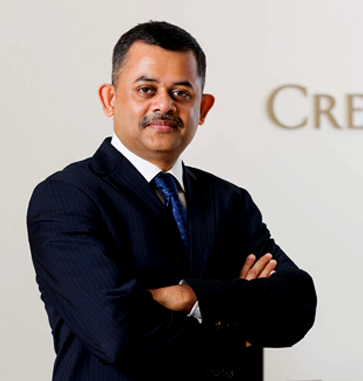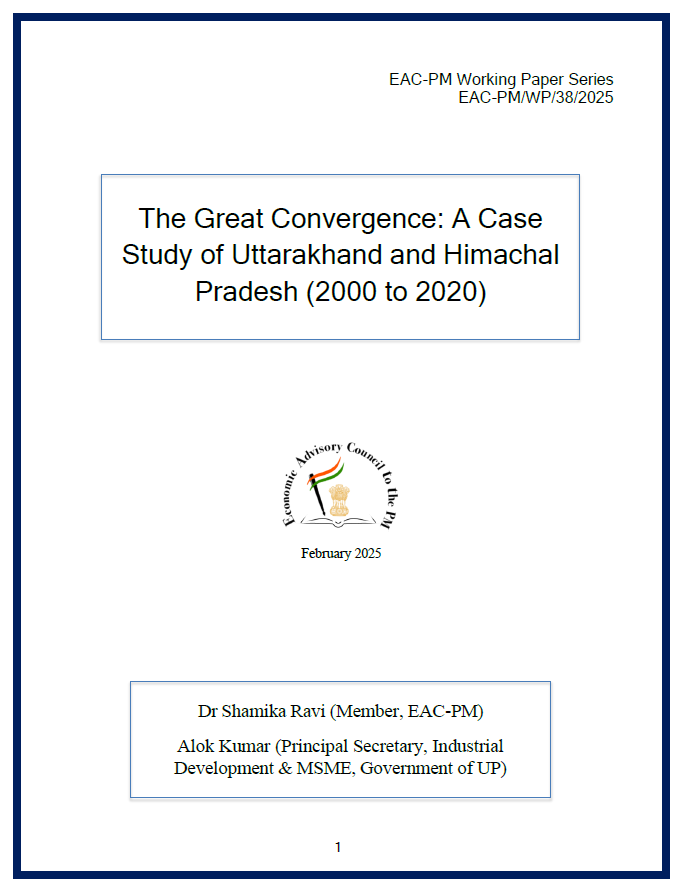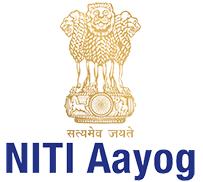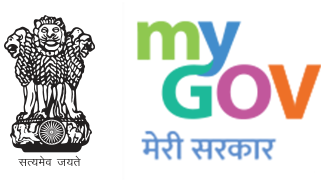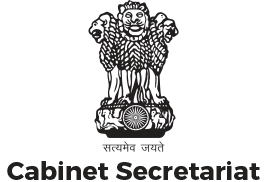- Procedure and Guidelines for Engagement of Senior Consultants/Consultants Grade-2/Consultants Grade-I/ Young Professionals in NITI Aayog, 2023
- Inviting application for engagement of Consultants (Grade-I) and Young Professionals on contractual basis.
ABOUT
EAC-PM
Economic Advisory Council to the Prime Minister (EAC-PM) is an independent body constituted to give advice on economic and related issues to the Government of India, specifically to the Prime Minister. At present, there are a Chairman, 3 Full-Time Members and 11 Part-Time Members in the EAC-PM.
The composition of EAC-PM is as follows:
Sh. Sanjay Kumar Mishra
Sh. Sanjeev Sanyal
Dr. Shamika Ravi
Sh. Rakesh Mohan
Dr. Sajjid. Z. Chinoy
Sh. Neelkanth Mishra
Sh. Nilesh Shah
Prof. T. T. Ram Mohan
Dr. Soumya Kanti Ghosh
Prof. K. V. Raju
Prof. Chetan Ghate
Prof. Pami Dua
Prof. Pulak Ghosh
Sh. Gaurav Vallabh
The Terms of Reference of EAC-PM include analyzing any issue, economic or otherwise, referred to it by the Prime Minister and advising him thereon, addressing issues of macroeconomic importance and presenting views thereon to the Prime Minister. These could be either suo-motu or on reference from the Prime Minister or anyone else. They also include attending to any other task as may be desired by the Prime Minister from time to time.














